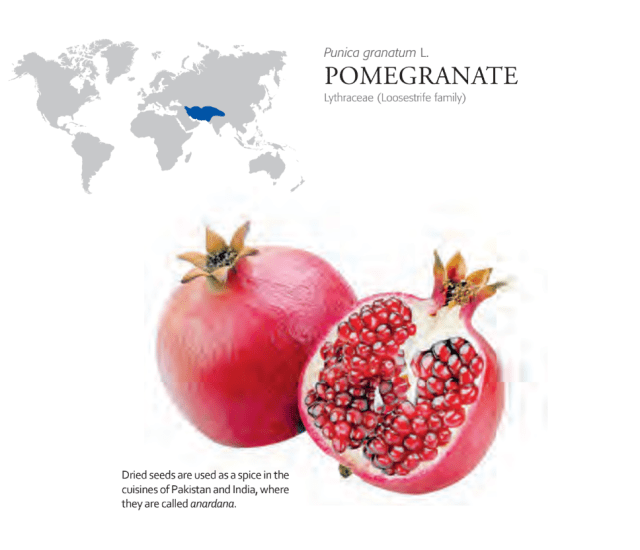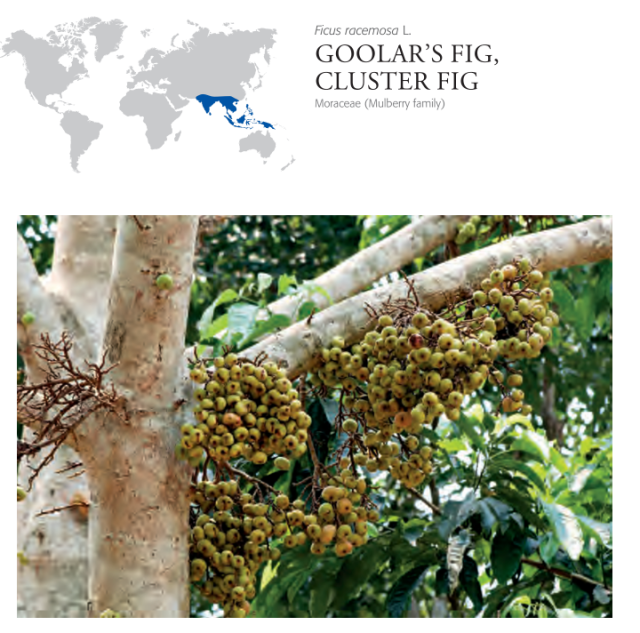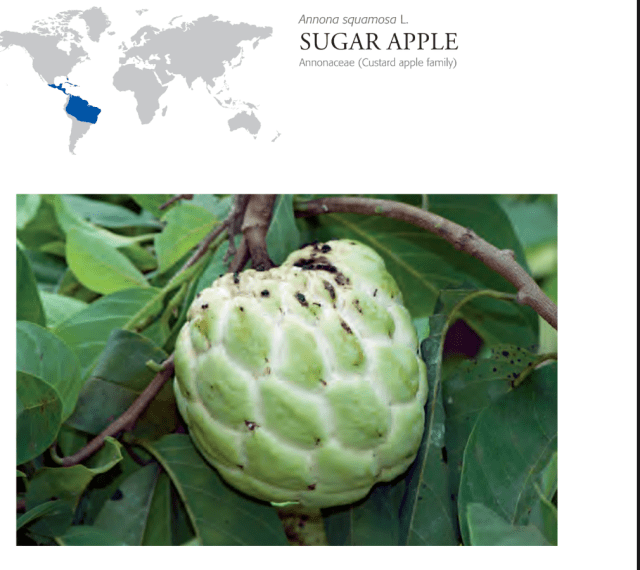Introduction: The Fascinating World of Uncommon Fruits
Ever wondered about the fascinating fruits we enjoy but may know little about? Take okra, kiwifruit, or cashew apples, for example. These fruits aren’t just tasty—they have rich histories, diverse uses, and specific cultivation techniques that make them stand out. Whether you’re a home gardener or an agriculture enthusiast, understanding the uniqueness of these fruits can make you appreciate them even more.
































Let’s dive into the world of okra, kiwifruit, bael fruit, and more, exploring their origins, cultivation, and how they’re used in food and beyond.
Okra: A Versatile Vegetable
Description:
Okra is an annual herb growing up to 7 feet tall, with alternate, ovate leaves arranged spirally. Its flowers are bright yellow with brown-red spots at the base of each petal, producing long, erect fruits filled with numerous hard seeds.
Origin and Distribution:
Though the exact origin is unclear, okra is thought to come from tropical regions of Africa, India, or Southeast Asia. Genetic research shows it may include species from both Africa and Asia. Okra has been cultivated for thousands of years, with evidence of its use in Egypt around 2000 BC.
Cultivation:
Okra is drought-resistant and naturally resistant to pests and diseases, requiring minimal care. It is commonly grown in home gardens or large plantations, especially in India, Pakistan, Iraq, and Ghana.
Food Uses:
Okra is famous for its mild flavor and slimy texture when cooked. It’s often boiled or stir-fried, added to soups and stews, or fried with meat. Its sap serves as a thickening agent in dishes like gumbo, a stew popular in the southern U.S. In Indian and Pakistani cuisine, okra is often fried with spices or pickled. The seeds contain a high-quality oil used in the food and perfume industry.
Pro Tip:
To reduce the sliminess when cooking okra, add vinegar or a bit of lime juice!
Kiwifruit: More Than Just a Sweet Treat
Description:
Kiwifruit grows on a perennial vine that can reach 33 feet in length. Its fruits are ovate, olive-green berries covered in short brown hairs. Inside, the juicy green flesh has a unique sweet-tart flavor with numerous tiny black seeds.
Origin and Distribution:
Native to southern China, kiwifruit now thrives globally, with Italy, New Zealand, and Chile as major producers.
Food Uses:
Kiwifruit is commonly eaten fresh or added to fruit salads. It’s also used to make marmalades, juices, and as a garnish for desserts. Overripe kiwis can be fermented into a wine-like beverage, while slightly underripe ones are used for chutneys.
Health Benefits:
Kiwifruits are packed with vitamin C—just one fruit can meet your daily requirement! They also contain actinidin, an enzyme that helps tenderize meat.




















Bael Fruit: Sacred and Nutritious
Description:
Bael fruit comes from a medium-sized deciduous tree with woody, spherical fruits that turn yellowish when ripe. Inside, the fragrant pulp is orange with a sweet-sour taste.
Origin and Distribution:
Bael trees are native to India and parts of Southeast Asia. In India, the tree is considered sacred, often found near temples.
Food Uses:
The pulp is eaten fresh, made into sweets, jams, and drinks like “bael ka sharbat,” a popular cooling drink in India. The fruit has been used in traditional medicine to treat digestive disorders and as a tonic.
Cashew Apple: The Forgotten Pseudofruit
Description:
The cashew apple is a small, bushy tree producing a pseudofruit that grows beneath the well-known cashew nut. The yellow or red, pear-shaped cashew apple has juicy, fibrous flesh with a sweet-tart flavor.
Origin and Distribution:
Native to Brazil, cashew trees were spread to Asia and Africa by Portuguese traders in the 16th century.
Food Uses:
Cashew apples are rarely eaten fresh but are commonly made into juice, which is fermented to produce wine or distilled into “feni,” a Goan brandy. The seed kernels, known as cashew nuts, are enjoyed roasted and salted as snacks or used in various cuisines.
Health Tip:
Cashew nuts are rich in healthy fats and minerals like iron, magnesium, and phosphorus, making them a great addition to a balanced diet.
































Summary for Instagram Reels and Canva Infographics
- Okra: A resilient vegetable native to tropical regions. Drought-resistant and rich in nutrients like vitamin C and magnesium. Popular in dishes like gumbo and used for its mucilaginous sap.
- Kiwifruit: Originated in China, known for its high vitamin C content and actinidin enzyme. Used in fruit salads, juices, and desserts.
- Bael Fruit: Sacred in India, the fruit’s pulp is used for drinks, jams, and traditional medicine. Its tree has religious significance in Hinduism.
- Cashew Apple: A pseudofruit from Brazil, used to make juice and “feni” brandy. Cashew nuts, rich in healthy fats, are produced after removing the toxic shell.
Table (For Reference)
| Fruit | Origin | Uses | Nutritional Benefit |
|---|---|---|---|
| Okra | Africa/Asia | Soups, stews, thickening agent | Vitamin C, mucilaginous sap for stomach |
| Kiwifruit | China | Salads, marmalade, garnish | High in Vitamin C, enzyme for meat |
| Bael Fruit | India, Southeast Asia | Drinks, jams, traditional medicine | Cooling effect, digestive aid |
| Cashew Apple | Brazil | Juice, brandy, cashew nuts | High in healthy fats, minerals |
The text provides descriptions of various fruits from the Annona genus, including cherimoya, pond apple, mountain soursop, soursop, soncoya, custard apple, and sugar apple. Each entry outlines the botanical characteristics, origin, distribution, and food uses of these fruits, along with some traditional medicinal applications.
Here is a summary of the key details:
- Annona cherimola (Cherimoya):
- Small evergreen tree, 5–10 m tall.
- Fruit is heart-shaped, green with scale-like markings, white juicy flesh, and numerous hard seeds.
- Native to the Andes and cultivated globally.
- Eaten fresh or used in fruit salads, drinks, and desserts. The seeds are toxic.
- Annona glabra (Pond Apple or Alligator Apple):
- Small deciduous tree, 4–10 m tall, typically found in swamps.
- Fruits are globose, with orange-yellow pulp and many seeds.
- Native to tropical America and sometimes used as rootstock.
- Eaten fresh or made into jams, jellies, or fruit wine.
- Annona montana (Mountain Soursop):
- Medium-sized tree, 8–12 m tall.
- Fruits are spherical, with spiny yellow-green skin and white to lemon-colored flesh.
- Eaten fresh or in beverages, but less popular than soursop.
- Annona muricata (Soursop):
- Evergreen tree, 8–12 m tall, with large, spiny fruits.
- Native to tropical America; widely cultivated in Africa and Asia.
- The pulp is used for making fruit drinks, ice cream, and in savory dishes.
- Annona purpurea (Soncoya):
- Deciduous tree, 7–12 m tall, with spiny fruits.
- Native to Central and South America, but rarely cultivated.
- The pulp is used to make fruit drinks or eaten fresh.
- Annona reticulata (Custard Apple):
- Deciduous tree, 4–10 m tall.
- Heart-shaped fruit with creamy pulp, used in desserts or beverages.
- Requires a tropical climate and has traditional medicinal uses.
- Annona squamosa (Sugar Apple):
- Small tree, 3–8 m tall, with segmented, gray-green fruits.
- Native to tropical America and now cultivated widely, especially in Asia.
- Eaten fresh or used to flavor ice cream and milkshakes. The seeds are toxic.
Many of these fruits have culinary uses and are eaten fresh or processed into juices, desserts, and fermented beverages. Toxic seeds and other parts of these plants have been used in traditional medicine, and certain species have insecticidal properties.





































































































































































About Us
Welcome to Agriculture Novel, your go-to source for in-depth information and insights into the world of agriculture, hydroponics, and sustainable farming. Our mission is to educate, inspire, and empower a new generation of farmers, hobbyists, and eco-conscious enthusiasts. Whether you’re interested in traditional farming practices or modern innovations, we aim to provide comprehensive guides, expert tips, and the latest updates in agriculture and urban farming.
At Agriculture Novel, we believe in the power of knowledge to transform the way we grow, sustain, and nourish our world. Explore our articles on topics like Fruit Growing Guide, Hydroponics, Plant Deficiency Guide, and more.
Thank you for joining us on this journey towards a greener, more sustainable future!
About Agronique Horizon
At Agronique Horizon, we specialize in delivering comprehensive digital marketing and web development solutions tailored for the agriculture and hydroponics industries. From custom website design and app development to social media management, we provide end-to-end support for brands aiming to make a meaningful impact. Our team also offers innovative solutions for the real estate sector, bringing precision and visibility to your projects. Learn more about our services here and discover how we can elevate your digital presence


